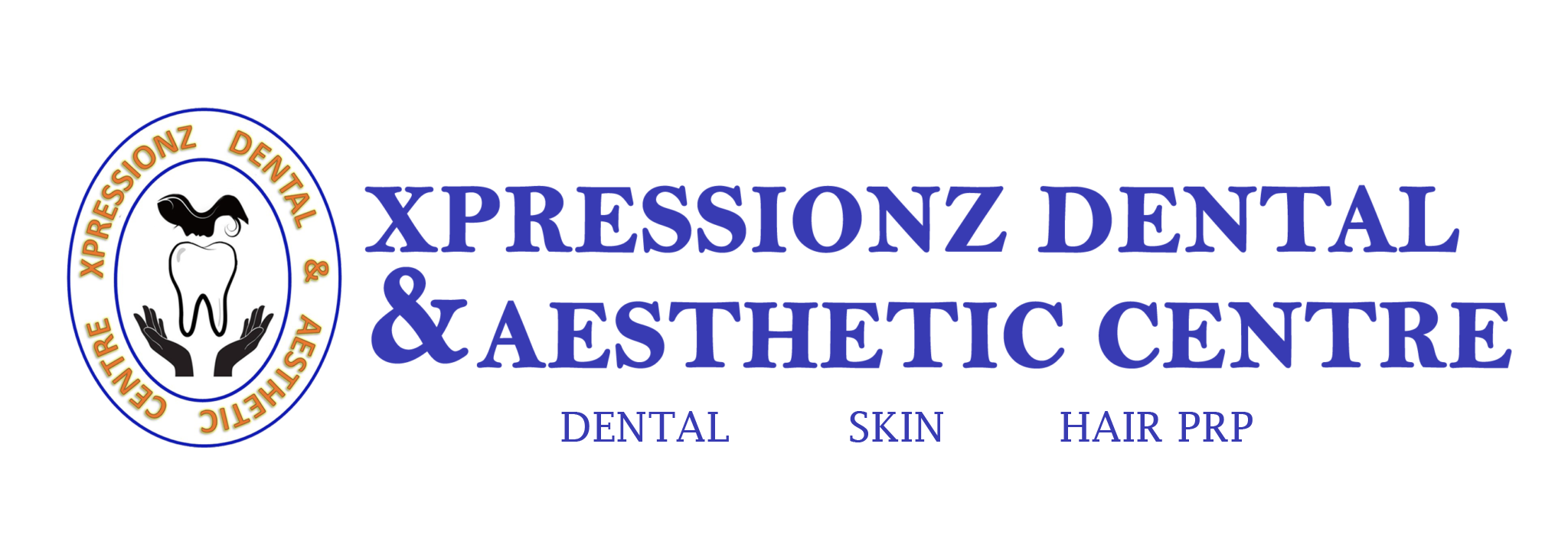Teeth Implants
Losing teeth can be a disheartening experience that impacts both oral health and self-confidence. Fortunately, dental implants offer a revolutionary solution to replace missing teeth, restore functionality, and enhance aesthetics. In this article, we will delve into the world of dental implants, exploring their benefits, types, the implant procedure, and essential care guidelines.
Understanding Teeth Loss and its Impact
Causes of Teeth Loss
Teeth loss can occur due to various reasons, including tooth decay, gum disease, trauma, and genetic factors. Poor oral hygiene, smoking, and certain medical conditions can also contribute to tooth loss. Understanding the underlying causes is crucial in preventing further tooth loss and seeking appropriate treatment.

Consequences of Missing Teeth
Missing teeth can have significant consequences beyond the obvious gaps in the smile. It can lead to difficulties in chewing and speaking, shifting of adjacent teeth, bone loss in the jaw, and a decline in self-esteem. Additionally, the overall facial structure can be affected, resulting in a prematurely aged appearance.
What are Dental Implants?
Definition and Function
Dental implants are titanium posts surgically placed into the jawbone to serve as artificial tooth roots. They provide a stable foundation for replacement teeth, such as dental crowns, bridges, or dentures. Dental implants are designed to mimic the natural tooth structure and function, offering a long-term solution for tooth loss.
Components of Dental Implants
A dental implant comprises three main components:
Implant Fixture: This is the titanium post that is surgically placed into the jawbone. It serves as the anchor for the replacement tooth.
Abutment: The abutment connects the implant fixture to the replacement tooth. It is a small connector that protrudes from the gumline and allows for the attachment of the dental crown, bridge, or denture.
Prosthetic Tooth: This is the visible part of the dental implant. It can be a customized dental crown, bridge, or denture, depending on the number of missing teeth and the patient’s specific needs.


Benefits of Dental Implants
Restoring Functionality and Chewing Ability
One of the primary benefits of dental implants is the restoration of functionality. Unlike traditional dentures, implants provide a stable and secure foundation for replacement teeth. This allows individuals to bite, chew, and speak with confidence, without worrying about their teeth shifting or slipping.
Enhancing Aesthetics and Confidence
Dental implants closely resemble natural teeth in both appearance and feel. They are designed to blend seamlessly with the existing teeth, enhancing the aesthetics of the smile. With dental implants, individuals can regain their self-confidence, smile freely, and enjoy social interactions without feeling self-conscious about their missing teeth.
Preserving Jawbone Health
When a tooth is lost, the underlying jawbone may start to deteriorate due to the lack of stimulation. Dental implants stimulate the jawbone, preventing bone loss and preserving its strength and density. This helps maintain the natural facial structure and prevents the sunken appearance commonly associated with missing teeth.
Longevity and Durability
Dental implants are renowned for their longevity and durability. With proper care and maintenance, they can last a lifetime. Unlike traditional dentures or bridges, which may require periodic replacements, dental implants offer a long-term solution, saving time and money in the long run.
The Dental Implant Procedure
Initial Consultation and Evaluation
The dental implant process begins with an initial consultation with a qualified implant dentist or oral surgeon. During this visit, the dentist will evaluate the patient’s oral health, examine the jawbone density through X-rays or CT scans, and discuss the patient’s goals and expectations.
Implant Placement Surgery
Once the evaluation is complete, the implant placement surgery is scheduled. The dentist will numb the area and make a small incision in the gum tissue to expose the jawbone. The titanium implant fixture is then carefully positioned and securely placed into the bone. In some cases, a temporary tooth may be provided during the healing process.
Osseointegration and Healing Process
After the implant placement, a process called osseointegration takes place. This is the natural fusion of the implant fixture with the surrounding jawbone. It typically takes several months for osseointegration to occur, during which the implant becomes firmly anchored in the bone.
Dental Crown Placement
Once osseointegration is complete, the abutment is attached to the implant fixture. Impressions of the teeth are taken to create a customized dental crown that matches the color, shape, and size of the surrounding natural teeth. The dental crown is then securely attached to the abutment, completing the dental implant restoration.
Types of Dental Implants
There are different types of dental implants available, and the choice depends on individual needs and considerations.
Endosteal Implants
Endosteal implants are the most common type of dental implants. They involve placing the implant fixture directly into the jawbone. These implants are suitable for individuals with sufficient bone density and height.
Subperiosteal Implants
Subperiosteal implants are an alternative for individuals with inadequate bone density or who are unable to undergo bone augmentation procedures. Instead of placing the implant directly into the jawbone, a metal framework is positioned on top of the bone but beneath the gum tissue. The prosthetic teeth are then attached to the framework.
All-on-4 Implants
The All-on-4 technique is a popular option for those who require full arch restoration. It involves placing four implants strategically in the jawbone to support a complete denture. This technique offers a stable and efficient solution, often allowing for immediate placement of the temporary teeth on the same day as the implant surgery.
Care and Maintenance of Dental Implants
Proper care and maintenance are crucial for the long-term success of dental implants.
Oral Hygiene Practices
Regular oral hygiene practices are essential for keeping dental implants clean and free from plaque buildup. Brushing twice a day with a soft-bristle toothbrush and fluoride toothpaste, flossing with implant-specific floss or interdental brushes, and using antibacterial mouthwash are essential for maintaining oral hygiene.
Regular Dental Checkups
Regular dental checkups are necessary to monitor the condition of dental implants and overall oral health. Dentists can identify any potential issues early on and provide appropriate treatment. Professional cleanings help remove any stubborn plaque or tartar that cannot be eliminated through regular brushing and flossing.
Lifestyle Considerations
Certain lifestyle habits can impact the longevity of dental implants. Avoiding smoking and limiting alcohol consumption can help promote oral health and prevent complications. Additionally, individuals who engage in contact sports or activities that carry a risk of facial trauma should wear mouthguards to protect their implants.
Frequently Asked Questions about Dental Implants
Are dental implants painful?
The implant placement procedure is typically performed under local anesthesia, ensuring a comfortable experience. After the surgery, some mild discomfort or swelling may occur, but this can be managed with pain medication prescribed by the dentist.
How long does the dental implant process take?
The duration of the dental implant process can vary depending on individual factors. It generally takes a few months to complete, allowing for osseointegration and healing. In some cases, immediate-load implants may be placed, allowing for temporary teeth to be attached on the same day.
Can anyone get dental implants?
Most individuals with good oral and general health are candidates for dental implants. However, certain factors such as uncontrolled gum disease, inadequate bone density, or medical conditions that impair healing may affect the eligibility for implants. A thorough evaluation with a dental professional is necessary to determine individual suitability.
What are the potential risks and complications?
While dental implants have a high success rate, there are potential risks and complications associated with the procedure. These can include infection, implant failure, nerve damage, and sinus problems. However, with proper planning, skilled professionals, and adherence to post-operative instructions, the risks can be minimized.
Can dental implants be covered by insurance?
Insurance coverage for dental implants varies depending on the insurance provider and the specific policy. Some plans may cover a portion of the implant treatment, while others may not cover it at all. It’s important to consult with the insurance company and the dental provider to understand the extent of coverage and any out-of-pocket expenses.
Conclusion
Dental implants offer a revolutionary solution for individuals suffering from tooth loss. With their ability to restore functionality, enhance aesthetics, and preserve jawbone health, implants provide a long-term and durable solution for missing teeth. By understanding the implant procedure, types of implants, and proper care guidelines, individuals can make informed decisions about their oral health and regain a confident smile.
Become The Next Our Happy Patient
We value open communication and are eager to assist you with any inquiries or concerns you may have. Our dedicated team at Xpressionz is here to provide you with the support you need.



